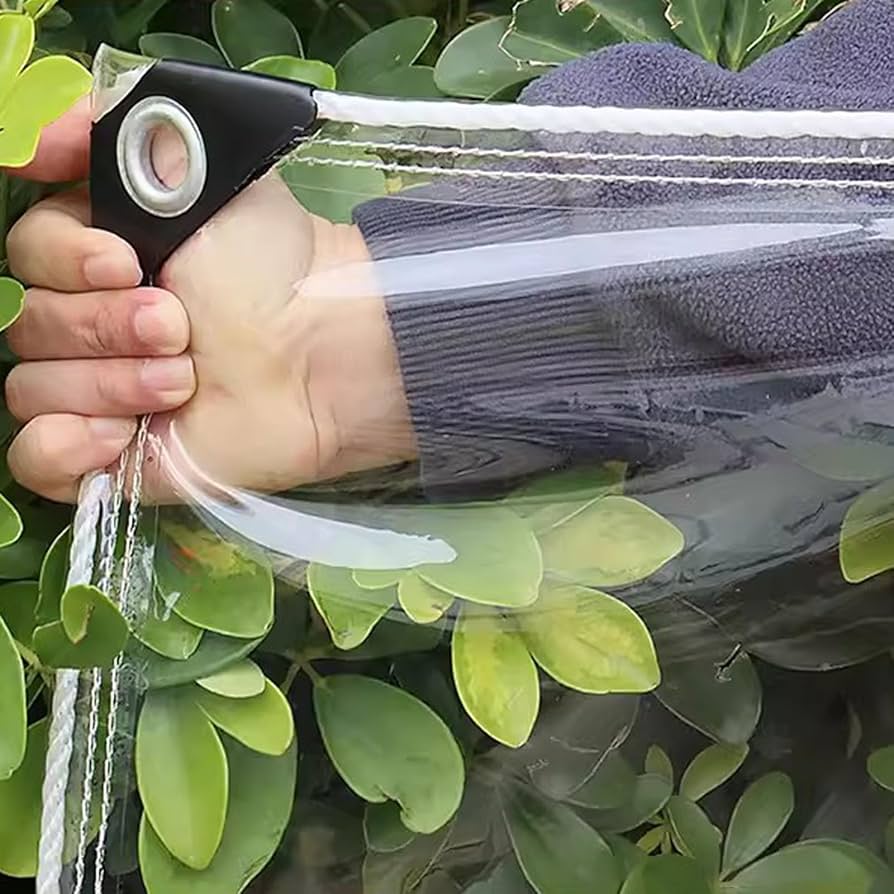As tarpaulin covers are generally used for protecting anything that would be hurt by rain or snow, large tarpaulin covers must be available for outdoor equipment, vehicles, and other objects. Nevertheless, these are usually the items that require proper folding and storage. This guide will provide step-by-step instructions on how to correctly fold and store large Tarpaulin covers, hence, the good use of them and lasting for a long time.
Preparation
Before one starts folding the cover, it should be ensured that the tarpaulin is properly clean and dry. Any dirt, debris, or moisture can lead to the growth of mold or damage to the cover during storage. If there is mud or any other dirt on the tarpaulin, it should be washed first and then allowed to air dry. A mild solution of soap and water can work well in the cleaning process and the drying can be done in the sun without hindrance.
Folding Technique
The next lines present the process of folding tarpaulin covers:
Step 1: Spread the Tarpaulin
Choose a place with enough space to spread the tarpaulin out to the maximum. In this case, a good option would be a clean and flat surface such as a driveway or a cozy garage floor Make the tarpaulin as flat as it could be by removing any creases and wrinkles.
Step 2: Fold in Half
Start the procedure by folding the tarpaulin in half lengthwise. Be sure to align the edges properly to avoid unwanted foldings. Get rid of any air pockets or wrinkles that may develop during the process by ironing the cloth, if necessary.
Step 3: Repeat the Lengthwise Fold
Then, start over again, this time folding the tarpaulin in half lengthwise too. This will leave you with a long, thin strip. Smooth out wrinkles and air pockets as you go.
Step 4: Start Width-wise Folding
Next, you should start a widthwise fold on your tarpaulin. Start from one end and fold it about 2-3 feet over the other end. The first fold will help you to fold the rest in a straight line.
Step 5: Continue Width-wise Folding
Now, once the tarpaulin is doubled out, start folding it along the same path throughout the whole process. Repeat until you reach the end of the tarpaulin. Make sure that each fold is even and is in line with the ones folded previously.
Step 6: Final Adjustments
When you have finished folding, check to see if there are any small corrections to be made to the position so that the final package looks neat and tight. Little have you to let the folds loose during storage, thus, fold in any parts sticking out for a cleaner finish.
Storage Considerations
Proper storage is one of the important factors that help prevent the weather from damaging the coatings of tarpaulin. Continue the exertions herein, suggestions:
Choose a Suitable Location
Install teas for the curled tarpaulin in a cool shade prohibiting the damp. Do not keep such places where it is very cold or very hot because that could affect your tarpaulin in a negative way. A neat seasonal room, a clean garage shelf, or a box specially designated for storage are the best locations.
Use Protective Packaging
Consider adding a large, clear plastic bag or a safety foil cover to the folded tarpaulin for protection. This new layer will keep dust, insects, and eventually humidity away from your tarpaulin.
Avoid Direct Sunlight
The fabric of the tarpaulin get destroy with time due to the light from the sun. Even after some time the storage location should be safe from the sun’s direct rays to cause the fading of the fabric and its decrease in strength.
Implement Proper Stacking
If you are planning to store enough tarpaulin covers, try not to put heavy things upon them. The mass which is being carry on the item will probably result in the folding and the application time will diminish in the course of its use by merely folding. If indeed the necessity of stacking emerges, let the lighter items go on the top.
Conclusion
In closing, properly folding and storing large tarpaulin covers is an important factor in extending the life and usefulness of the tarpaulin. By using the fold-by-fold technique, which we walked through step-by-step, as well as washing and drying the tarp before storage, you greatly reduce the chances of developing mold and mildew, and creasing and long-term harm to the tarpaulin. Read This
Additionally, by storing the folded tarp in a clean, dry, and shady area and optionally wrapping it in the protective packaging, you maintain the quality of the tarp as time passes. Storing the tarp away from direct sunlight and not stacking heavy items on it are two additional practices to help maximize the life and usefulness of the tarp. With care, use, storage, and handling, your tarpaulin will be reliable when you need it, offering ongoing protection for your outdoor gear, vehicle, and other valuables in any weather.


Leave a Reply